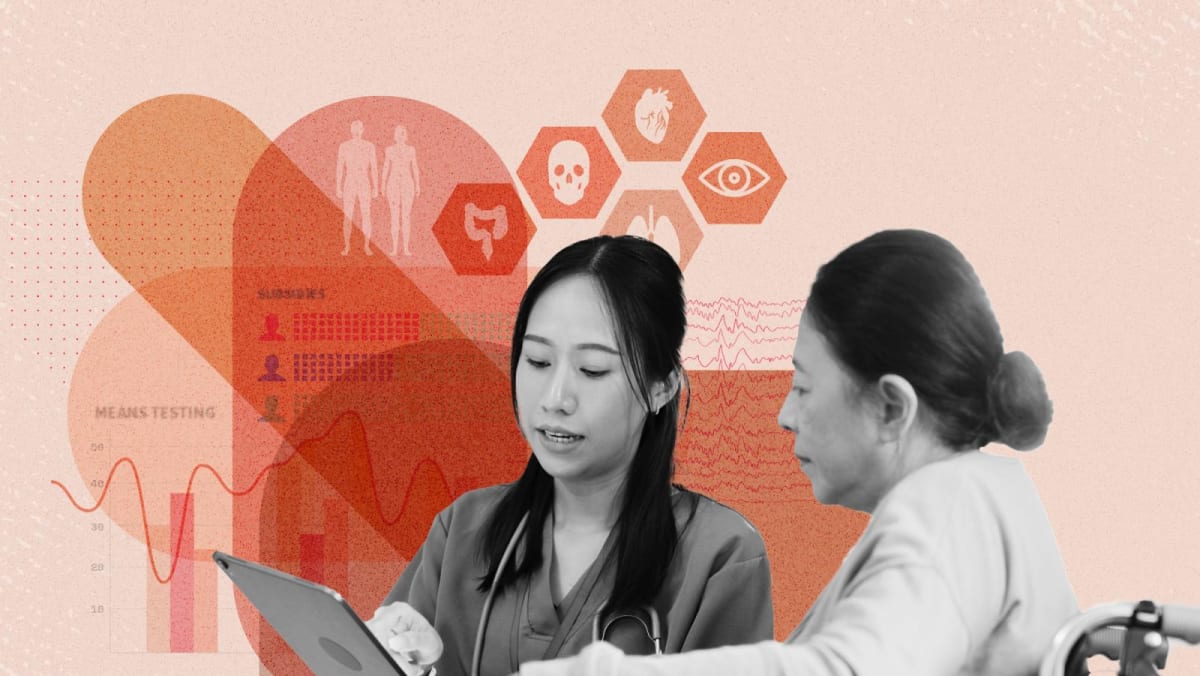SINGAPORE’S HEALTHCARE FINANCING SYSTEM
In Singapore’s healthcare system, what you’re entitled to financially depends on several things, including the colour of your Community Health Assist Scheme (CHAS) card (if you’ve applied for one), the amount in your MediSave, what generation you belong to, whether you have private insurance, and so on.
It also depends on how your household fares under the means testing framework of monthly household income per capita. This is sometimes known as the national means testing framework, which also applies to social and educational help programmes.
That’s where the latest changes make a difference to how much financial help you get with your healthcare needs.
Here’s a quick primer.
First, some healthcare subsidies are entitlements – they’re for every citizen and PR, with more for the pink IC holder. These include hospitalisation in C and B2 ward classes, specialist outpatient clinics and polyclinic outpatient treatment. Now this entitlement has been extended to some types of palliative care for the terminally ill.
For hospitalisation, whether in acute or community hospital, anyone can choose the cheapest option which has the greatest amount of subsidies, regardless of age or income.
But to prevent overconsumption by those who can pay their own way, means testing is employed for different income bands. Those with per capita household income below S$2,100 will get the topmost 80 per cent subsidy, while those in the highest income tier with more than S$3,600 will get at most 50 per cent.
These changes don’t require any work on the individual’s part. The “system” automatically churns out new numbers as and when you need healthcare treatment.
Second, other subsidies come with means tests that would disqualify the better off. Individuals must apply for these, like the Home Caregiving Grant or Seniors’ Mobility and Enabling Fund.
If there is no household income, the annual value of the property comes into the picture, dissected into different levels. Housing and Development Board (HDB) households would make the mark, but not all private homes – a bugbear for retirees who live on landed property. (The October changes did not mention property values.)
The irony of this is that it makes better financial sense for the elderly to live on their own. In this demographic, a retiree with no working adult living with them in an HDB flat is best placed to get the greatest subsidies.
Third, compulsory insurance programmes like MediShield Life and CareShield Life are a whole different category. Premiums are drawn from individual MediSave accounts depending on age bands, with the younger folks paying less than older.
The assurance is that as premiums go up, so will subsidy levels. There’s also the promise of MediSave top-ups from the government.

